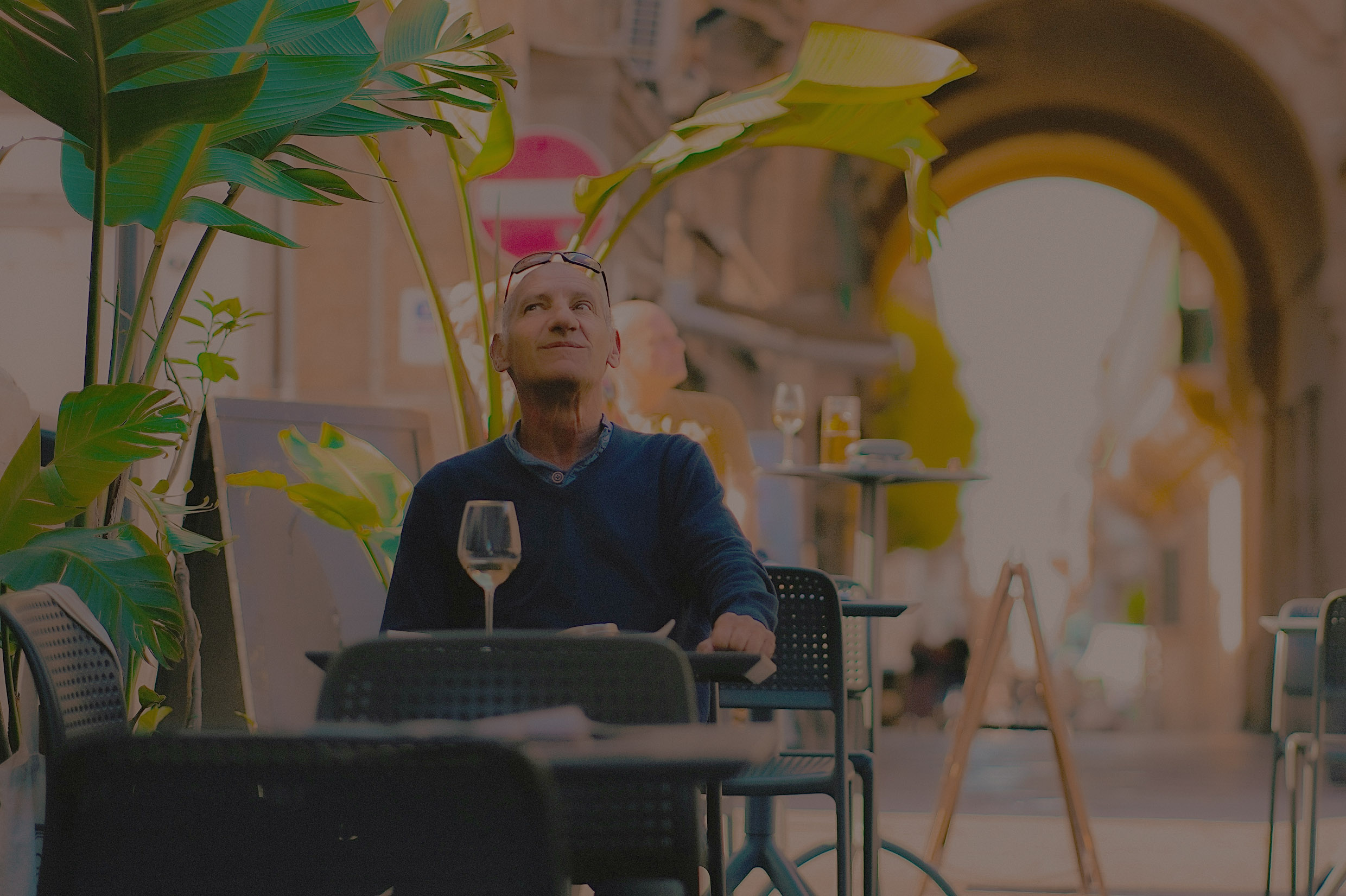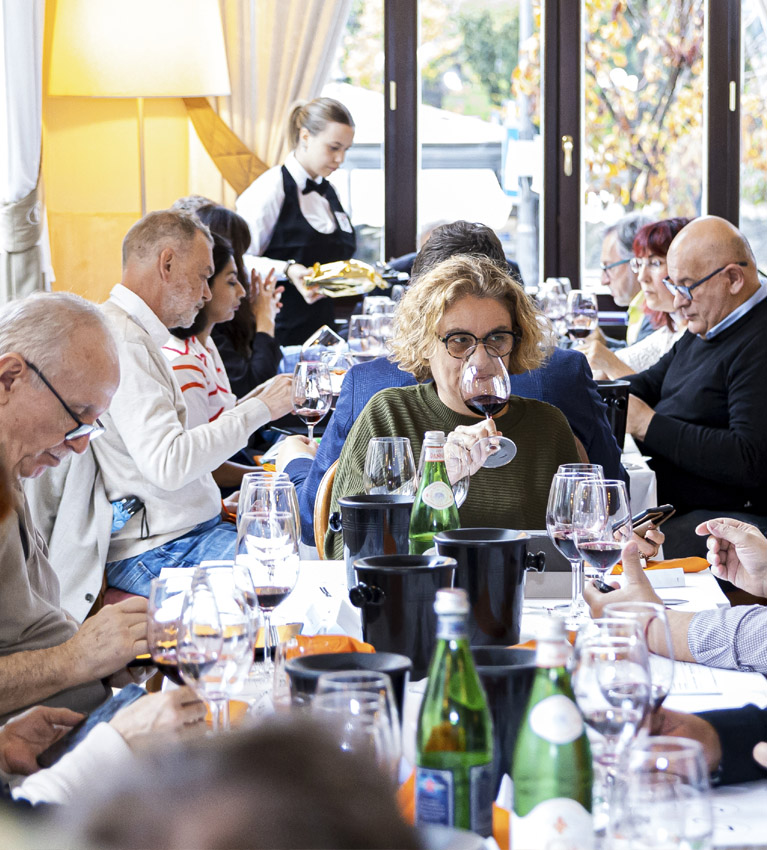
The Ever Changing Realities of Culinary Tourism

Monkey Shoulder: The Award-Winning Whisky with a Rebellious Streak
June 13, 2025
A Journey Through Tuscany’s Finest Wines
June 15, 2025Reno Spiteri spotlights the trends that are driving the industry.
In the previous edition I delved into the findings of the 2023/24 World Report on Culinary Tourism, touching upon topics like AI and authenticity. In this second and final part of the report, I am focusing further on the latest evolutions in culinary tourism, analysing the main drivers of change while discussing the impact they are likely to have on the industry.
Sustainability lip service
We are losing the war against pollution, and the situation is only getting worse. A lot of work is being done to help mitigate the use of plastics and encourage recycling, even in a tourism context.
While many consumers are ardent recyclers, others do not seem the least bit concerned about the exponentially growing use of plastic. Sustainability also has sociocultural and economic prongs that must be factored into any national business strategy.
Lifestyle tourism is the new way of travelling
A tourist who stays somewhere for just a few short days can never experience more than a superficial taste of the destination. Some travellers are choosing to travel to a destination for a longer period of time in order to come to know the area intimately.
Other than becoming a full-time permanent resident, there is simply no better way to truly get to know a community and its people, including their culinary heritage.
The rise of the underdog
The idea of travellers getting out of city centres and into more rural locations is a trend that has been brewing for a long time. The pandemic accelerated this trend. Destinations are witnessing a tremendous urge by visitors to leave behind the expensive, crowded, noisy and polluted city centres in favour of getting into open expanses, fresh air, and possibly where the locals are.
There will always be travellers who want to visit the famous sights in the main cities, especially first time travellers, but seasoned culinary travellers are discovering these ‘underdog’ destinations because they offer what they’re after - the unknown and the undiscovered, preferably at a lower cost, with better, seasonal and traditional cuisines, fewer crowds and less pollution.
Local trumps imported
Culinary product planners and marketers need to keep in mind that travellers choose a gastronomic destination for its local food, not for the imported trends. It has often been said that culinary travellers do not visit Italy for Chinese food, or Japan for Italian food. Yet, we still see many cities, regions and countries around the world promoting their 100+ cuisines as a badge of honour. In Malta, some locations showcase 14 Indian restaurants, some 20 Chinese restaurants and a multitude of Italian/ Mediterranean Cuisine restaurants in various guises.
Nevertheless, we also have destinations like the fishing village of Marsaxlokk, which offers the best of Malta. Traditionally, one would go to this village for the best fish and seafood cuisine which, in most cases, is a sea-to- plate product. However, it is concerning to see this highly sought-after location slowly eroding its intrinsic value, with eateries that have nothing in common with the fish and seafood traditions of this village. Everyone seems to be ready to jump on the bandwagon of the location’s success, without a thought to the traditions which made the place so successful in the first place.
Are influencers on the way out?
There is quite a bit of chatter these days about influencers, and most of it is not good. Now, we also have AI influencers. From a brand’s perspective, they don’t eat or sleep, they don’t require payment, and they do what they are told.
Bringing the conversation back to tourism, TakeMeOutOfOffice.com recommends taking travel advice from people you trust, namely your friends and family. The UN World Tourism Organisation’s Global Report on Food Tourism throws more than a bit of light on the subject and is a great source for culinary travel tourists and researchers alike.
Health and wellness take centre stage
Interest in this area keeps increasing each year. Over the years, the World Food Travel Association has reported consumer shifts in making healthier choices, often with a wellness orientation. An increase in sober vacations has been noted and reported upon, not because there is an epidemic of people with a drinking problem, but because people are simply choosing not to drink alcohol in large quantities as was the norm some years ago.
How does Malta fare in this respect? In my experience, purely vegan or vegetarian restaurants have not been very successful here. In the last years, several restaurateurs ventured down this line of gastronomy with excellent dishes, but had to close down after the initial novelty died down.
Climate change is a definite reality
The changing climate means that culinary heritage, and by extension culinary tourism in various regions, is increasingly and rapidly being threatened.
Your favourite Pinot Noir wine may not be available in a few years’ time, because the climate is getting too hot to support the cultivation of that grape type. The same changes are affecting other types of fruits, vegetables, grains and nuts.
The changing social media landscape
Initially smaller platforms like TikTok seem to be taking over the longer-established Facebook. TikTok mostly targets the younger demographic, the diners and tourists of tomorrow.
Looking ahead
Finally, one must realise that in any tangible culinary travel strategy and marketing plan, a simple website with a list of restaurants - or even a Facebook, TikTok, or Instagram account - is not enough and does not constitute a professional approach to implementing such a project successfully.
Check out Part 1 from this Report on Industry Trends by the WRMC

Reno Spiteri is currently the WRMC Executive Director. He is qualified as a professional engineer and holds a Degree in Project Management and Marketing. He is also qualified in Wine & Spirits studies having undergone advanced courses of study with the WSET and the Society of Wine Educators; and is a Professioel du Vin with the Chaine des Rotisseurs of Paris. Reno is also a Certified Culinary Travel Professional through the World Food Travel Association of the USA.
The Wines & Restaurants of Malta (WRMC), was created in 2009, after the success that was achieved with their social media group on Facebook which started in 2004. The mission of the WRMC is to inspect, assess, and award restaurants for the highest dining experiences depending on style and category.
For more information visit https://winesandrestaurantsofmalta.com/
Click here to see Horeca Issue 19 online




